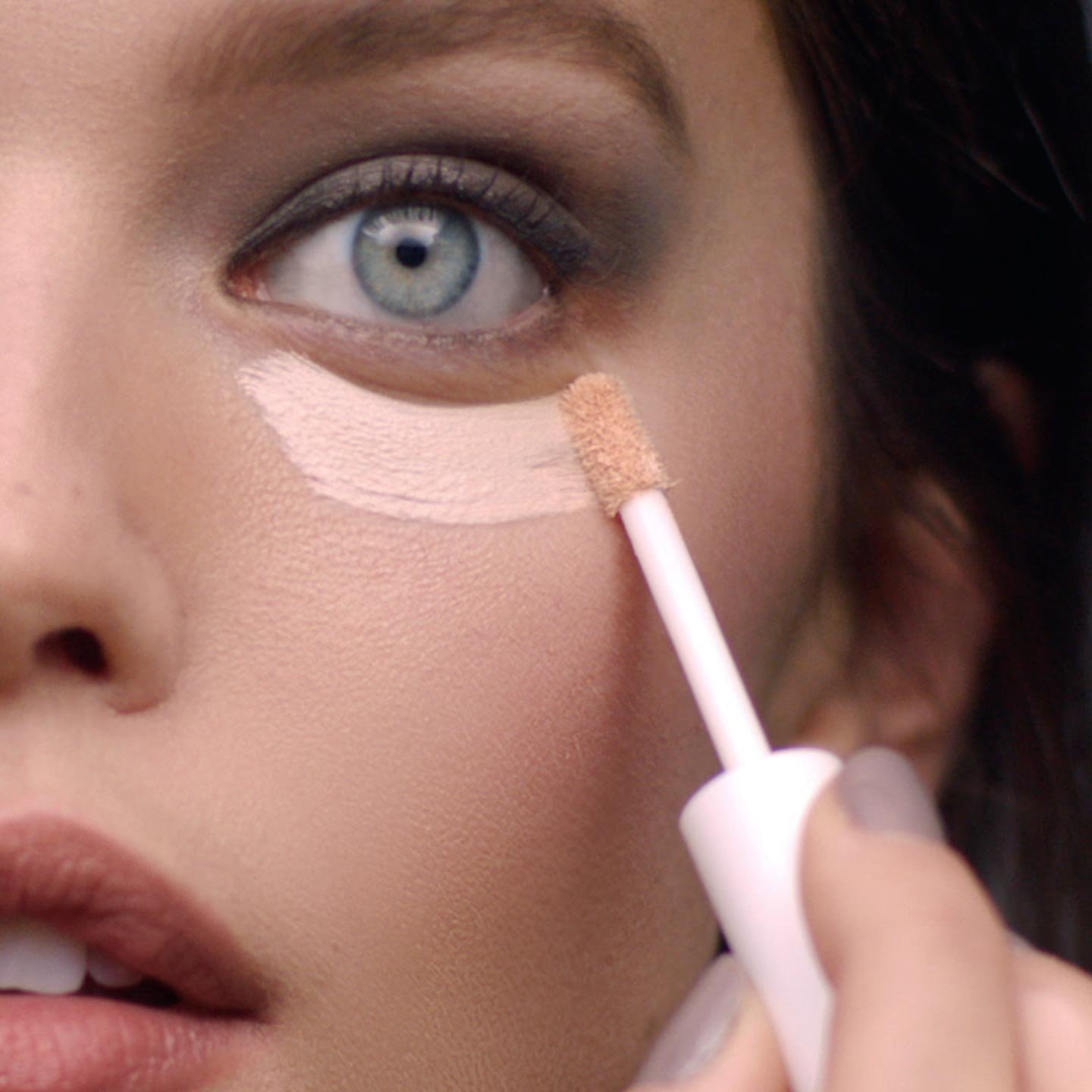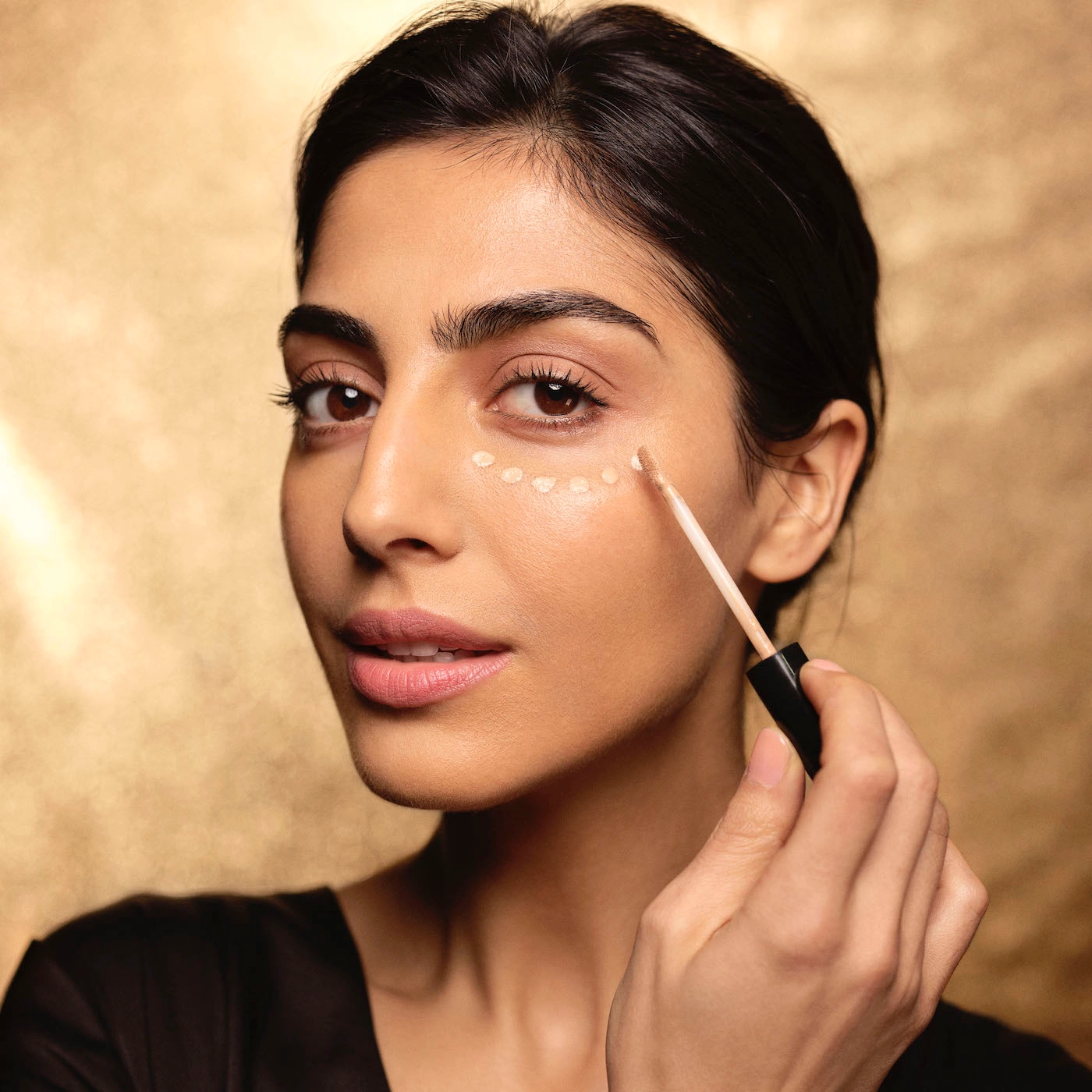
Flawless Foundation and Concealer Application Tips
Essential Tools for Foundation and Concealer Application
Finding the right tools is key to a flawless makeup base. The market offers various brushes and sponges designed for foundation and concealer application. How to apply foundation and concealer professionally?Let’s explore the types available and discuss why using a primer can be beneficial.
Types of Brushes and Sponges
When applying foundation and concealer, brushes and sponges are your best friends. Brushes come in different shapes and sizes, tailored for specific uses. A flat kabuki brush works well for liquid foundations, ensuring an even, full-coverage application. A precision concealer brush, small and pointed, is ideal for spot concealing. On the other hand, sponges are great for a seamless, airbrushed finish. Dampen them slightly before use to prevent excess product absorption.
Benefits of Using a Primer
A primer sets the stage for your foundation and concealer. It fills in fine lines and pores, creating a smooth canvas. Primers also help makeup stay put longer and can target specific skin concerns. For example, a mattifying primer reduces shine for oily skin, and a hydrating primer is perfect for dry skin. Apply a small amount after your skincare routine and before foundation to achieve professional results.

Step-by-Step Guide to Applying Foundation
Applying foundation professionally requires patience and precision. Here’s a simple guide that ensures you get a flawless finish every time.
Choosing the Right Shade
Selecting the correct foundation shade is crucial for natural-looking makeup. Always test foundation shades in natural light. Apply a small amount along your jawline, not just on your hands. The right shade should blend seamlessly with your neck and face without leaving stark differences. For multi-tonal skin, you might need two shades to achieve a perfect match.
Techniques for a Smooth Application
For a smooth foundation application, start by cleansing your face thoroughly. Follow up with a moisturizer suitable for your skin type. Use a primer to create a smooth base. When applying foundation, use a brush or sponge for even coverage. Start from the center of your face, blending outward. Use light dabbing motions instead of dragging the makeup across your skin. Setting your foundation with a light dusting of powder can increase its longevity and reduce shine.
Mastering Concealer Application
Concealer is a powerful ally in our makeup routine, offering targeted coverage where we need it most. How to apply foundation and concealer professionally?To master concealer application, it is essential to understand the methods that effectively correct under eye circles and conceal blemishes and redness. By using the correct techniques, you can achieve a seamless, natural-looking coverage that enhances your overall complexion. Here are some valuable tips for mastering the art of concealer application.
Correcting Under Eye Circles
Dark circles can make you look tired, but the right concealer can work wonders. First, choose a concealer one or two shades lighter than your foundation. This helps to brighten the under-eye area. Apply it in a triangular shape with the base along your lower lashes and the point extending down your cheek. This technique not only conceals but also lifts and illuminates the face. Gently pat the concealer with a finger or sponge, blending it well with your foundation.
To counteract blue or purple tones, opt for a concealer with peach or yellow undertones. For deeper skin, a reddish or orange-toned concealer can neutralize dark circles more effectively. Remember to set the concealer with a fine translucent powder to minimize creasing throughout the day.
Concealing Blemishes and Redness
To cover blemishes and redness, the approach is slightly different. First, it’s important to use a concealer that matches your foundation shade perfectly. This ensures that the concealer blends seamlessly into your skin. Spot apply the concealer using a small, pointed brush directly onto the blemish or red area. Then, with a light hand, tap the concealer to blend it out, avoiding rubbing or wiping that could remove the product or irritate the skin.
For redness, a green-tinted concealer can help cancel out the red tones, followed by a layer of your regular concealer. Set with powder to ensure lasting coverage. Keep these steps in mind as you how to apply foundation and concealer professionally, and you will have a blemish-free look that lasts all day.

Blending Techniques for a Seamless Look
Achieving a seamless look with foundation and concealer is all about blending techniques. How to apply foundation and concealer professionally?Proper blending eliminates harsh lines and ensures your makeup enhances rather than hides your natural beauty. Let’s delve into the best practices for merging these two essential products smoothly.
How to Blend Foundation and Concealer Together
To blend foundation and concealer seamlessly, start by applying your foundation as directed. Once your foundation is evenly distributed, apply concealer to areas needing extra coverage, such as under the eyes or on blemishes. Use a damp sponge or a stippling brush for blending. Promote cohesion by tapping gently and blending the edges until there is no visible line between where your foundation ends and concealer begins. This helps in creating a uniform complexion.
Tips for Avoiding Cakey Makeup
To avoid a cakey appearance, less is often more. Begin with small amounts of product and build coverage gradually. Ensuring your skin is well moisturized before makeup application prevents the products from clinging to dry patches. Additionally, use a setting spray after you apply makeup. This helps to lock in your look and meld the makeup into a more natural appearance. Continually assess your makeup under natural light, as it provides the truest representation of your efforts.
Setting Your Foundation and Concealer
Once you master how to apply foundation and concealer professionally, setting your makeup is crucial. How to apply foundation and concealer professionally?This step ensures your makeup stays intact and doesn’t crease or fade throughout the day. Here we explore the best products and techniques for setting your foundation and concealer effectively.
Recommended Setting Powders
Choosing the right setting powder can make a big difference. Look for a light, fine powder that won’t settle into lines. Translucent powders work well for all skin tones. They absorb excess oil, giving a matte finish. Use a fluffy brush to apply powder gently over your face. Focus on areas prone to shine, like the T-zone.
If you have dry skin, opt for a hydrating powder. This will set your makeup without drying your skin further. For extra coverage, a tinted powder can double as a setting agent and provide a bit of color. Just be sure it matches your foundation shade to avoid uneven skin tone.
How to Properly Use Setting Spray
Setting sprays are the last step in makeup application. They lock in your look, adding durability and moisture. Hold the spray about arm’s length away from your face. Close your eyes and mist your face with 2-4 pumps. The mist should be even and light. Avoid drenching your skin, as it can disturb your makeup.
Choose a setting spray based on your skin type and the finish you desire. There are mattifying sprays for oily skin, and dewy sprays for a glowing look. Dry skin benefits from a moisturizing spray that keeps makeup from flaking. Allow the spray to dry naturally. It acts as a protective barrier, keeping your makeup fresh and in place.

Troubleshooting Common Makeup Issues
Achieving the perfect makeup look often comes with its share of challenges. How to apply foundation and concealer professionally?Common issues like makeup oxidation and changing coverage needs throughout the day can frustrate many. However, with the right knowledge, you can quickly resolve these problems. Let’s delve into effective solutions for these common difficulties to maintain your flawless makeup look from morning till evening.
Solutions for Oxidation
Oxidation is when your foundation or concealer changes color after application, usually turning darker or more orange. This reaction is due to the makeup mixing with natural oils and the air. To combat this, start with a primer suited for your skin type. Primers create a barrier that can minimize oxidation.
Choose a foundation with a stable formula that resists oxidative change. Test the foundation on your skin in natural light for a few hours to see how it holds up. If oxidation is a persistent issue, consider switching to a slightly lighter shade to counteract darkening. Setting your makeup with a good powder or spray also helps lock in the initial color.
Adjusting Coverage Throughout the Day
As the day progresses, your makeup coverage might need a touch-up. Carrying blotting papers is a great way to manage oiliness without disturbing your makeup. For areas that require more coverage, use a compact with a pressed powder foundation for easy application.
If you have dry skin, a hydrating mist can refresh your makeup and prevent it from looking cakey. For a quick full-face refresh, a small amount of concealer can be reapplied over problem areas, followed by a light dusting of setting powder.
By addressing these common makeup issues effectively, you can ensure your foundation and concealer look their best all day long. Remember, the key is to adapt your method to how your skin responds to different products and environments.

Advanced Tips for Long-Lasting Wear
For flawless makeup, ensuring your foundation and concealer withstand daily challenges is crucial. Here, we dive into advanced tips focusing on long-wear formulas and touch-up techniques that guarantee your makeup stays pristine all day.
Using Long-Wear Formulas
Choosing long-wear makeup formulas is essential for extended wear. Look for products labeled ‘long-lasting’ or ‘24-hour wear.’ These are specifically designed to resist sweat, oil, and smudging. Start with a long-wear primer, which provides a durable base. Then apply a long-lasting foundation and concealer. Remember to set them with a good quality setting powder for enhanced endurance.
Touch-up Techniques for All Day Coverage
Even with long-wear makeup, occasional touch-ups might be necessary, especially on long days. Carry a compact powder or blotting papers to manage oiliness without smudging. For dry skin, keep a travel-sized hydrating spray handy to refresh makeup. It restores moisture and revives your look. If full coverage needs restoring, apply a small amount of concealer to targeted areas. Quickly blend it with your existing foundation to maintain an even complexion.

